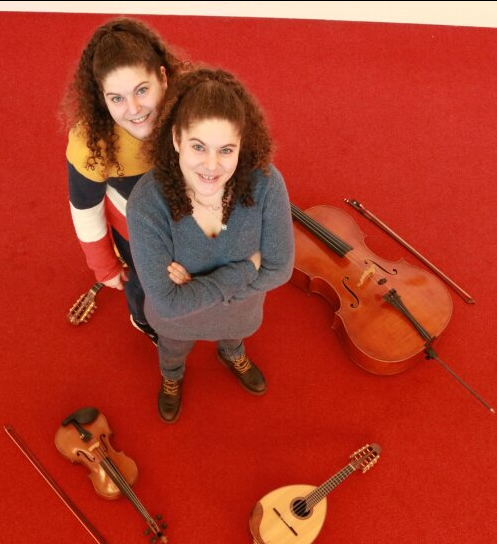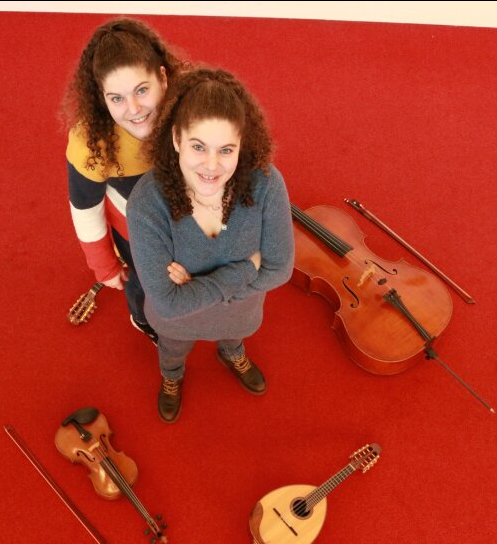This study examines the mandolin’s presence, repertoire, and performance practices in three regions—Athens, the Ionian Islands, and Crete—as well as among Greek-speaking communities of Asia Minor. Each region has developed distinct mandolin-playing practices shaped by historical, social, and cultural influences. Despite their significance, these practices remain underexplored in academic research.
Employing a multidisciplinary methodology that integrates archival research, fieldwork, and artistic experimentation, the study explores the mandolin's role in these musical environments and its evolution from the late 19th century to the present. Historical and contemporary sources—including early recordings, manuscripts, oral histories, and performance practices— are examined to comprehensively understand these traditions.
The research focuses on several key areas:
- The mandolin’s role in the urban musical landscape of late 19th- and early 20th-century Athens and among Greek-speaking communities of Asia Minor, particularly in relation to Estudiantina ensembles in Asia Minor and Mandolinates in Athens.
- The repertoire and performance practices of the Ionian Islands, particularly kantades and their connection to local mandolin ensembles.
- The integration of the mandolin into Cretan musical practices, especially in relation to dance music and informal gatherings (parea).
This study addresses critical questions, such as: What are the characteristic performance techniques and musical idioms associated with these traditions? How have oral and written transmission processes shaped their repertoire and playing styles? What role has the mandolin played in the broader cultural and musical networks of these regions? How can artistic research methodologies contribute to understanding and disseminating these practices today?
As an artistic research project, the study engages with these traditions not only through historical inquiry but also through performance-based methods. By reconstructing repertoire, experimenting with playing techniques, and developing new approaches to teaching and interpretation, the research contributes to the transmission and revitalisation of these musical practices. The findings are disseminated through concerts, workshops, and educational materials, fostering cross-cultural engagement and contemporary artistic applications.
This research is conducted as a twin PhD, with each dissertation focusing on different aspects of these traditions. One dissertation examines the repertoire and performance practices of the Ionian Islands and Greek-speaking communities of Asia Minor, particularly how the mandolin was used in urban musical life before the Asia Minor Disaster of 1922 and how its traditions continued among musicians who immigrated to Greece. The other dissertation investigates the mandolin’s presence in Athens and Crete, exploring its historical role in Athenian Mandolinates and its integration into living musical traditions in Crete. By integrating historical analysis, performance studies, and artistic research, this study enhances the understanding of how these traditions developed, how they continue to evolve, and how they can be communicated to new audiences within and beyond Greece.
(c) Giorgos Andreou
Update: April 2025






